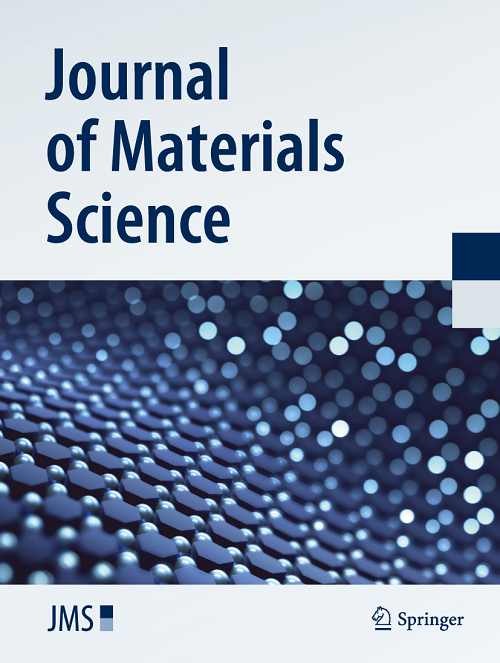Review: Enhancing bond strength of heterogeneous metal-polymer components the perspective of surface micro-nano morphology construction
Abstract
In the development of high-performance composite materials, metal-polymer heterogeneous structures are critical components due to their unique combination of metallic strength and polymer matrix flexibility. However, the lack of systematic analysis of metal surface treatment methods in these structures presents a significant challenge. Here we address this gap by providing a comprehensive review, beginning with an overview of the importance of metal-polymer heterogeneous structures and the current lack of systematic analyses regarding surface treatment methods. We first explore the fundamental principles underlying interfacial bonding mechanisms, focusing on mechanical interlocking, chemical bonding, and wetting theory. Then we meticulously discuss three prominent surface treatment techniques: sandblasting, chemical etching, and anodic oxidation. These techniques are analyzed for their efficacy and the mechanisms by which they generate micro-nanostructures on metal surfaces. The analyzation reveals that the micro-nanostructures induced by these treatments play a pivotal role in enhancing wettability and mechanical interlocking at metal-polymer interfaces, thereby significantly improving interfacial bond strength and durability. This review lays the groundwork for the theoretical foundation of interfacial design in metal-polymer heterogeneous materials, while also paving the way for novel research directions and technological advancements for the manufacture of composite materials with exceptional performance.
Graphical abstract
This study investigates the enhancement of interface properties in metal-polymer composites through advanced surface treatments.

 求助内容:
求助内容: 应助结果提醒方式:
应助结果提醒方式:


